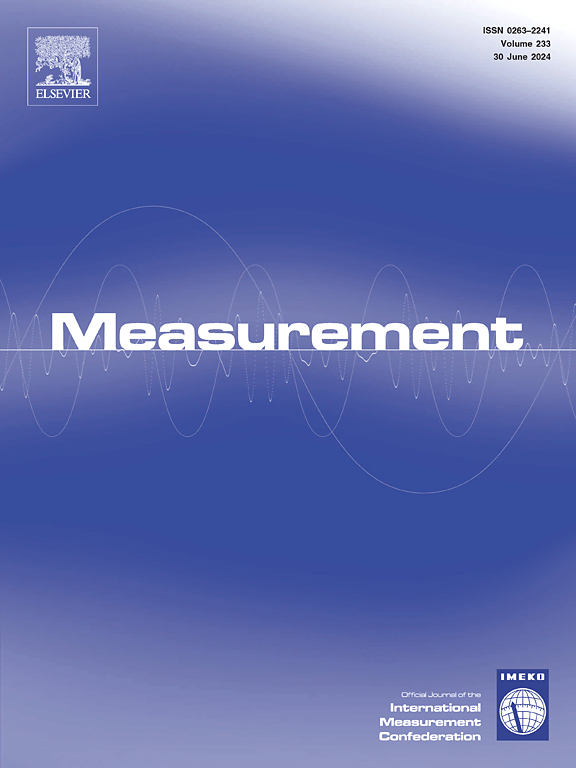A tightly coupled integration of GNSS/IMU/LiDAR with parameterized semantic line and plane features to improve pose accuracy in complex environments
IF 5.2
2区 工程技术
Q1 ENGINEERING, MULTIDISCIPLINARY
引用次数: 0
Abstract
Continuous and accurate positioning is one of the critical requirements for established and emerging unmanned systems. Although the GNSS/IMU integration has become a widely-used navigation system, its performance is heavily dominated by GNSS. The dramatical accumulated error of IMU in GNSS outage and wrong updates results by GNSS outliers will influence the reliability of the integration system. In this work, we use light detection and ranging (LiDAR) to enhance the performance of the existing GNSS/IMU integration, where the raw measurements of three sensors are tightly integrated. The raw measurements of LiDAR are abstracted as parametric line and plane features. Two experiments are conducted to assess the proposed algorithm, and the results show that the addition of LiDAR significantly upgrades pose accuracy. In GNSS-challenge scenarios, LiDAR weakens the influence of GNSS outliers and improves the position accuracy by 77.6%, 67.4%, and 63.2% in the right, forward, and up directions, respectively.
求助全文
约1分钟内获得全文
求助全文
来源期刊

Measurement
工程技术-工程:综合
CiteScore
10.20
自引率
12.50%
发文量
1589
审稿时长
12.1 months
期刊介绍:
Contributions are invited on novel achievements in all fields of measurement and instrumentation science and technology. Authors are encouraged to submit novel material, whose ultimate goal is an advancement in the state of the art of: measurement and metrology fundamentals, sensors, measurement instruments, measurement and estimation techniques, measurement data processing and fusion algorithms, evaluation procedures and methodologies for plants and industrial processes, performance analysis of systems, processes and algorithms, mathematical models for measurement-oriented purposes, distributed measurement systems in a connected world.
 求助内容:
求助内容: 应助结果提醒方式:
应助结果提醒方式:


